What a better way to share our cultures? A visit to an open-air museum, an ethnographic park or a food museum!! You can organise a visit and make a presentation where you'll show a tool or device used for growing crops, land cultivation, harvesting or cooking equipment from the past. Do you like this idea?
Agricultural Museum/FoodExpo, Athens, Greece
On March 18th we visited Athens in order to be guided at Agricultural University and to visit FoodExpo 2019-one of the biggest European food exhibitions. We took a lot of photo in order to share with you these two visits.
Our students Poly, Chrysa and Lamprini collected their photos and made picture collages from the agricultural museum. There you can see a variety of tools that were used for growing crops, land cultivation, harvesting or cooking equipment in the past.
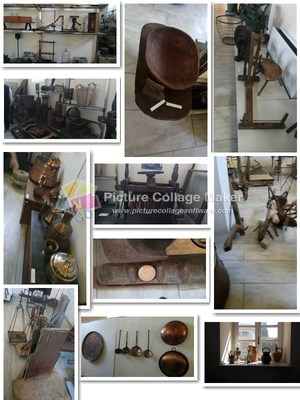
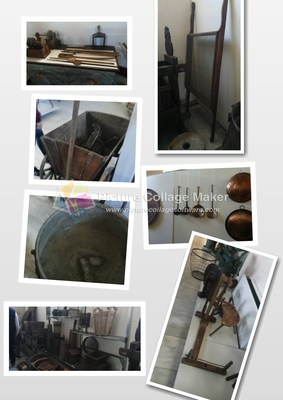
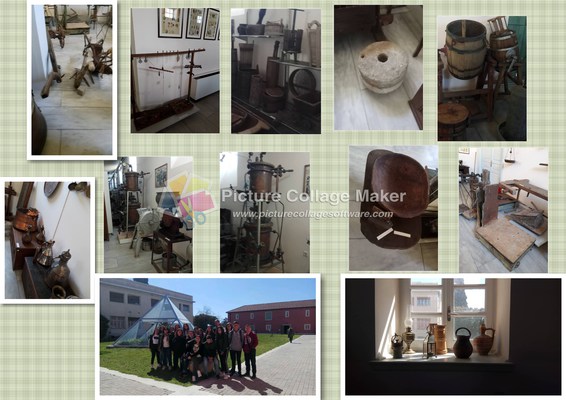
We have also made for you a video from our visit to FoodExpo! All the students made a small video with their photos and then we put them all together in one video by using Filmora. Unfortunately it has a watermark, but we hope to enjoy it!
The 6th FOOD EXPO during its three days of operation has confirmed its title as the most important trade forum and the leading event for food and drink in Southeastern Europe. The arrival of 70,000 quality professionals from 28,253 enterprises of the Organized Retail, Wholesale, Food and Beverage Industry, Hotels and Mass Catering who were looking for new products to upgrade their business and who were determined to close new business opportunities and deals surpassed every expectation. The presence of 900 hosted buyers from 83 different countries around the world, which made 17,500 b2b meetings with exhibitors, created even more suitable conditions for developing the extroversion of the Greek companies that participated as exhibitors.
The public consisted of owners, sales managers, export & import managers and generally important business executives who came to the exhibition knowing their needs and determined to make purchases and important trade agreements.
IN THE MUSEUM OF SEA FISHING IN ŚWINOUJŚCIE, POLAND
As we live close to the sea and we probably eat more fish than in other regions of Poland, the decision which museum to visit was pretty obvious.
The Museum of Sea Fishing in Świnoujście, which we visited at the beginning of April, is seated in the historical building of the former city council. Actually it is the oldest building in the whole city.
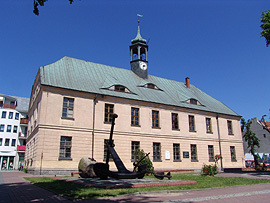
It houses both permament and seasonal exhibitions. We were able to see various models of sailing vessels, deep-sea fishing history, historical fishing equipment, navigational tools and "the gold of the sea" (amber) exhibition. It was quite an eye-opening experience as we realised how hard and dangerous this kind of work was.
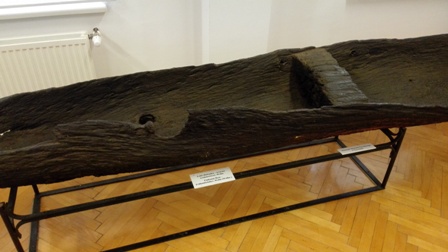
The oldest kinds of fishing boats were made of a single log which had to be hollowed
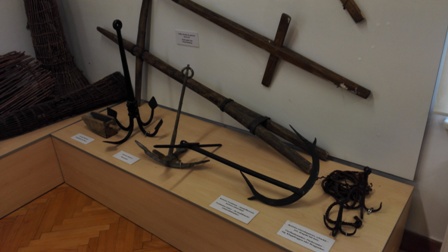
Old anchors
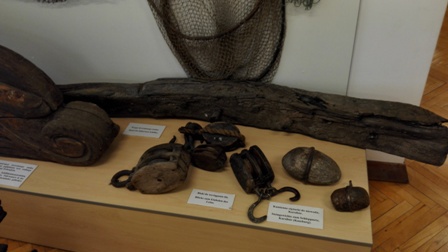
Fishing reels used to pull the nets out of water
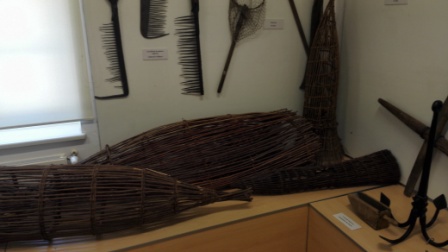
Nets and fishing traps
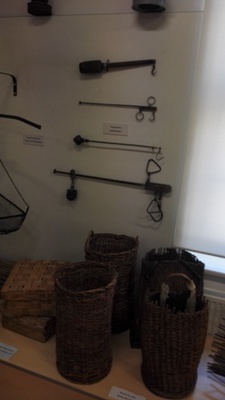
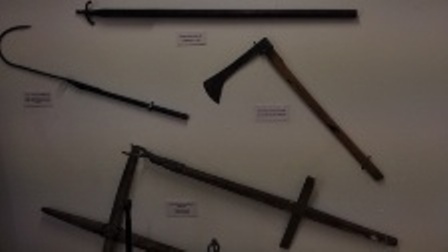
fishing equipment
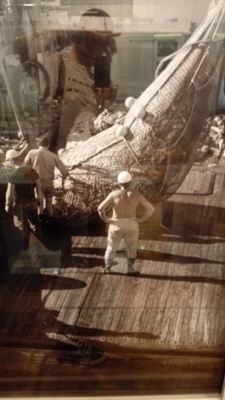
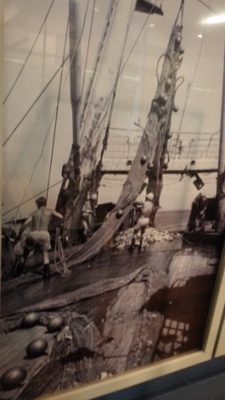
work on board of a fishing boat in the 19th century
Ethnographic museum in Laskowa
Wednesday 27 th March, 2019 was surely a day to remember. We spent a great time in an ethnographic museum in Laskowa which has a few old buildings representing traditional countryside architecture of the Wyspowy Beskid Mountains, as well as tool, household items and equipment people used in the old times.
We went there to show our eTwinning friends from Greece, France, Italy , Croatia and Poland how villages from our region looked like in the past.
The most impressive structure there is a water mill from Żmiąca village which has the whole drive mechanism made of wood. There used to be a lot of water mills in our region, as many as 25 of them in Żmiąca itself. Inside the mill there is a rotary hand quern used for grinding grain into flour, sieves and other miller’s tools.
In the nineteenth century granary, which comes from the village of Kamionka Mała, we saw a lot of interesting tools and household objects. There is as a collection of beekeeping tools and clay dishes for storing honey and beeswax, yokes for bulls and cows, and mousetraps.
The next stop on our sightseeing tour was a smithy from Michalczowa village where we could see how a blacksmith’s work looked like. There are also other crafts presented in the museum: a weaver’s, a turner’s, a shoemaker’s, a carpenter’s, a tailor’s and a butcher’s workshops alongside with their commonly used tools.
Inside one of the houses there is an old kitchen with a huge bread oven and a room where we could admire a collection of wooden chests which were given to daughters as a dowry. On the walls there were sacral-themed oil paintings.
We were most interested in the collection of beer and wine barrels which come from local breweries in Limanowa.
We recommend visiting the museum to anyone interested in the history and culture of the area we live in.
We will be writing again soon.
Gabriela Szotkowska, Małgorzata Madoń, Aneta Pajor, class 3F/H
Here are a few photos from our trip made by Sylwia Kowalska, class 2F/H
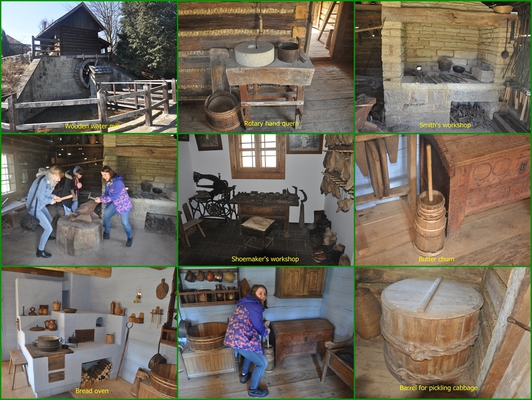
Picture discriptions, clockwise direction:
1. Wooden water mill, 2. Rotary hand quern, 3-4, Smith's workshop, 5. shoemaker's workshop, 6. Butter churn, 7. Bread oven, 8. Aneta is making butter, 9. Barrel for pickling cabbage